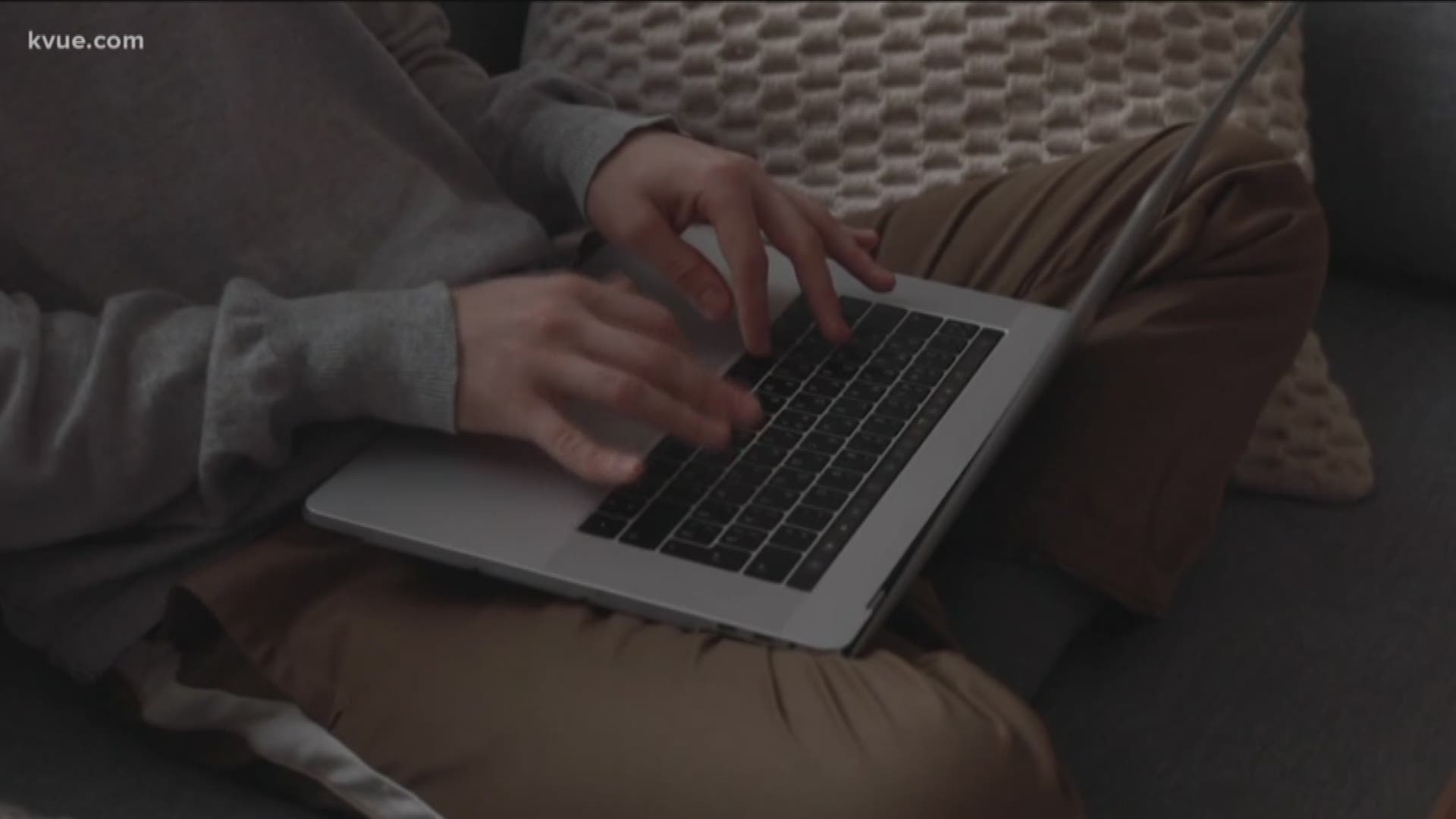LOCKHART, Texas — Having access to the internet during the COVID-19 pandemic has become crucial, as thousands of Texas are forced to work from home and school campuses are indefinitely closed to stop the spread of the virus.
But for about 40% of the students at Lockhart ISD in Caldwell County, that's not so easy, according to parents who responded to a districtwide survey about home internet access.
"We wanted to make sure that every student, regardless of their background or where they may live, has access [to] high-quality, high-speed internet," Mark Estrada, Lockhart ISD's superintendent of schools, told KVUE.
Estrada said his district's jurisdiction spans 300 square miles, and 60% of its students live outside of Lockhart in rural communities. At least 75% of the student population qualifies for free to reduced lunch.
And in some parts of Caldwell County, there are no service providers.
"Even if you do have the means to provide internet for your family, the connection is not there," Estrada said.
It's an issue Lockhart ISD has been planning to solve over the past year-and-a-half, but the COVID-19 pandemic gave its board members real urgency.
On Monday night, the Lockhart ISD school board approved budget amendments that would allow it to use seven towers to provide home internet for about 500 homes within its jurisdiction.
RELATED:
The district will work with a company called Particle Communications to access three of its currently existing towers in Dale, Luling and Seawillow, which will provide home internet within an eight-mile radius to students and staff by the end of April, according to a press release.
The district plans to build four new towers at Strawn Elementary School, Fentress, Maxwell and Uhland, which should be up and running by August.
"We have a lot of ground to cover, but we'll build those out over the summer and connect folks as we're able to," Estrada said.
While the towers will provide free home internet to students and staff in need of it, the project will come at a cost.
According to the district, during the first year, it will cost nearly $450,000 to pay for the internet service, the seven-tower setup fee and the installation of the routers in the 500 homes.
RELATED:
"We do have funds that we're just able to reallocate that were intended for instructional purposes and made this a priority to get this done," Estrada said.
He added the district was very "conservative" in building its budget last year.
Until these towers are accessed and built by the district, it will continue to provide students with paper copies of online lessons. It has also allowed students to access their campus' internet from its parking lot.
The internet service the school will provide will be filtered just like it would be at school, so students won't be able to stream movies on Netflix, for example.
"This is simply for school-appropriate websites, Google Classroom, those types of things," Estrada said.
MORE CORONAVIRUS COVERAGE:
- Texas has one of the lowest infection rates per 10,000 people among the most populous states
- What it's like for Austin hotels that are still open during the coronavirus pandemic
- ATX Ballers hosting virtual youth basketball camps
- Texas child abuse reports are down amid stay-at-home orders, but the threat is still there
- Liberty Hill Band students still together while playing apart

